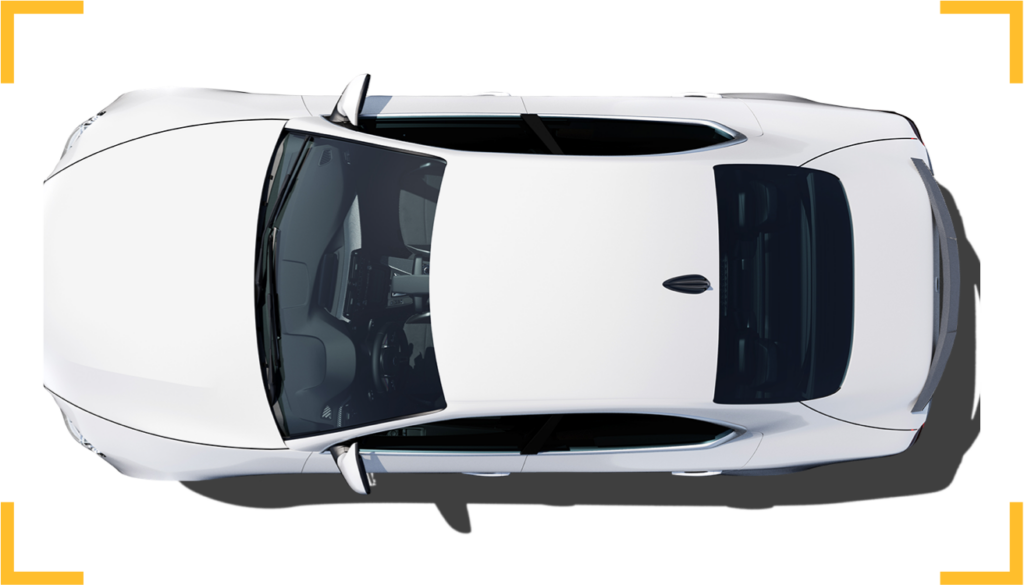Find Your Wholesale Sourcing Sweet Spot
You know the importance of using live market data to make the right buying decisions at auction. And you know the “golden rule” of acquisition is to never buy a car unless you know what you can sell it for. By looking at dozens of data points in Stockwave’s Glance feature instead of just a few data points like MMR and Black Book or NADA, you can make more accurate decisions about which wholesale vehicles will sell quickly and profitably in your market.
Now it’s time to take the next step in using data to make more profit: Use historical data to turn yesterday’s wins and losses into tomorrow’s greater success. While most used car dealers saw a robust sales environment with record-setting profits this past summer, it’s important to take a look back at your auction purchases from the past several months to see what truly worked and what didn’t. Taking the time now will put you in a position to grab your unfair share of the market in 2021. And, our analysts expect 2021 used vehicle retail sales to be up 10% over 2020 and even surpass 2019’s results.
Your Sourcing Sweet Spot
When you analyze your past auction purchases, you can narrow in on exactly which half of your vehicles ended up costing you so that you can avoid buying them again, and which half gave you the greatest return on investment (ROI) so that you can acquire more of them. Determining what we call your “sweet spot” can allow you to adjust your future auction purchases, swinging future losses and profits by hundreds and even thousands of dollars. Being aware of the makes, models and trims of the top 50 percent of cars that ran through your inventory in the second part of 2020 will ensure sustainable success even in a volatile market.
So how do you find your “sweet spot” and use data to make better buying decisions? Just follow these three steps:
- Clearly identify your auction cars through unique stock numbers or assign a source or tag.
- Run a sales history analysis for the second half of 2020.
- Evaluate your auction purchases.
Differentiate Your Auction Cars
When you bring auction vehicles into your inventory, make sure you tag the cars or add a source in your vAuto appraisal. Or, another best practice is to assign them a unique stock number, like a “P” for “purchase” as the first digit. If you’re already in this habit, then you’re ahead of the game. If not, it’s a best practice to start the new year off with and adopt immediately. Differentiating your auction purchases means you can isolate cars bought at auction and get a better look at how they performed, comparing the ROI of different years, mileages, trims and combinations.
Run a Sales Analysis
Your vAuto Performance Manager can help here in a big way. We have developed an awesome template to load your historical sales from Provision® that will generate actionable data comparing your auction purchases and your trades.
Evaluate Your Auction Purchases
Once you have your hands on the data, it’s time to identify buys that aren’t worth repeating, and spot opportunities to keep acquiring more of the right cars. Your Performance Manager can help you identify a list of the best performers based on days to sell and average markup when they left your inventory — solid insights into what worked, what didn’t and why.
If you are not already set up to generate these insights to improve your auction purchase ROI, now is the time as you get set to kick off the new year. Contact your Performance Manager to help you take a deeper dive and find your dealership’s sweet spot in 2021. Happy selling!

















